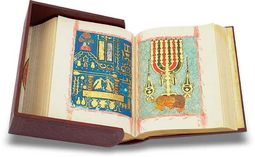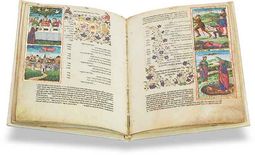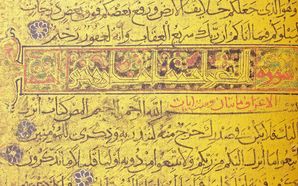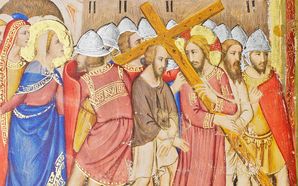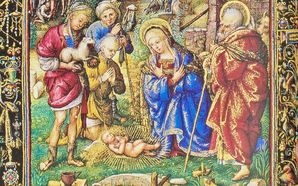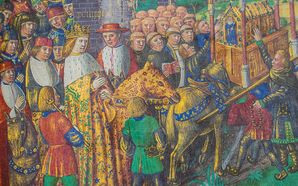Judaica
Judaism has one of the oldest written traditions in the world and medieval Hebrew manuscripts count among some of the most accomplished specimens of the great art of the Middle Ages, especially with respect to their masterful calligraphy. Unfortunately, a disproportionately small number of these works have survived into the present, but nonetheless, these works are invaluable to theologians, linguists, art historians, and cultural historians as well as those interested in the rich book culture of the Jewish people.
Most are religious texts like the Kennicot Bible, while others are more practical, like Hebrew translations of the Canon Medicinae, a popular medical handbook. Some of these manuscripts even contain evidence of the nascent secular Jewish literary tradition that would emerge in the Early Modern Period! Few manuscripts are as densely imbued with artistic and historic significance as these magnificent specimens of medieval Jewish culture.
Demonstration of a Sample Page
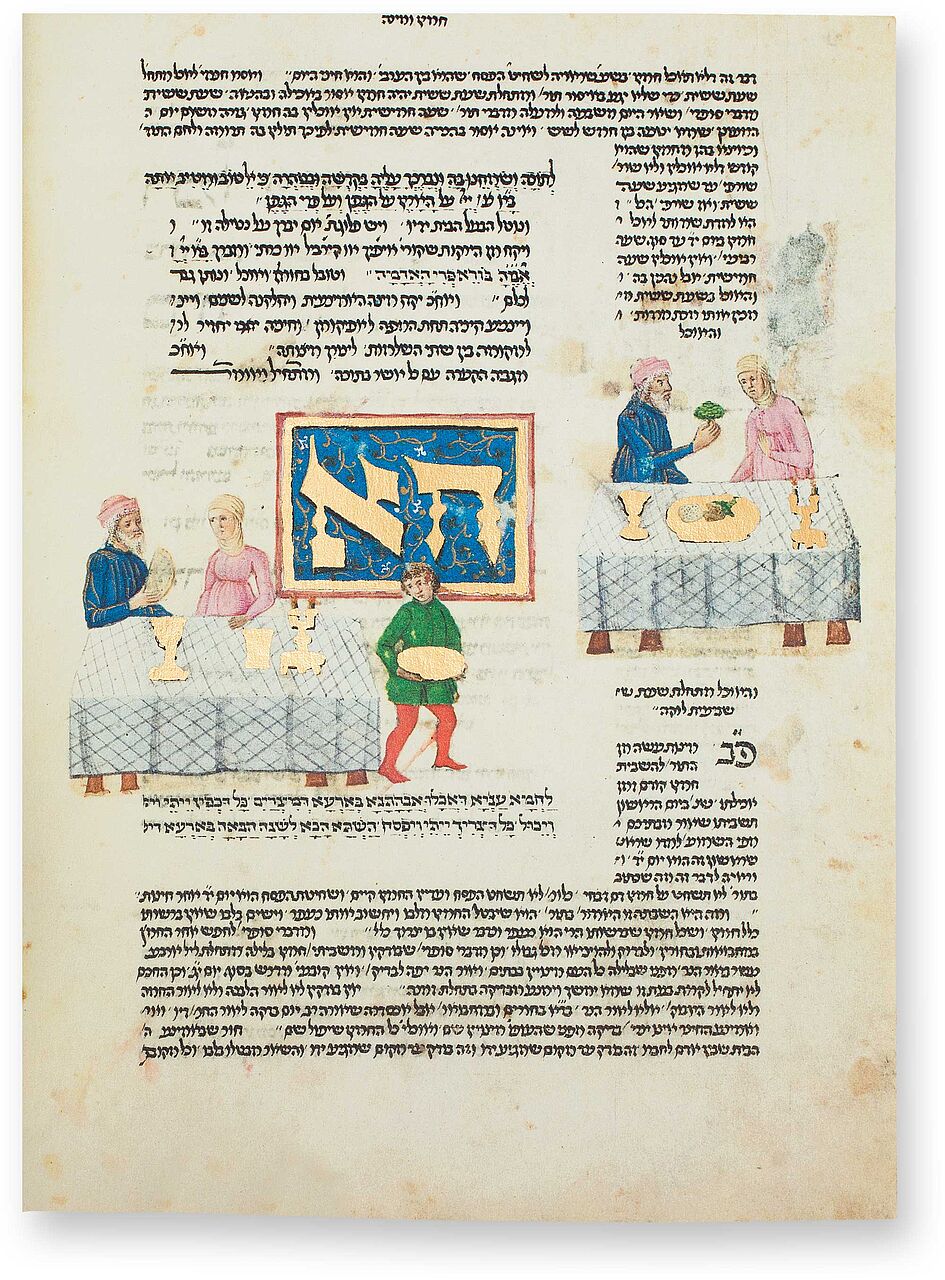
Rothschild Haggadah
Motzi Matzo and Maror
This artfully designed page integrates miniatures into the text in a manner that gives a feeling of progression from one stage of the Passover Seder to another. Here we see two of the most important parts of the ritualized meal: the Motzi Matzo or “blessing of the Matzah” (left) and the Maror or “bitter herbs” (right), which are in turn blessed and eaten.
Commissioned in 1479, this North-Italian Renaissance codex is an exemplary specimen of the Judaic manuscript tradition, which is distinguished in particular by its calligraphy: the neatly and cleverly arranged Hebrew text looks as though it were printed. Lifelike human figures with detailed facial features and natural gestures as well as the extensive use of gold leaf make this a masterpiece.

